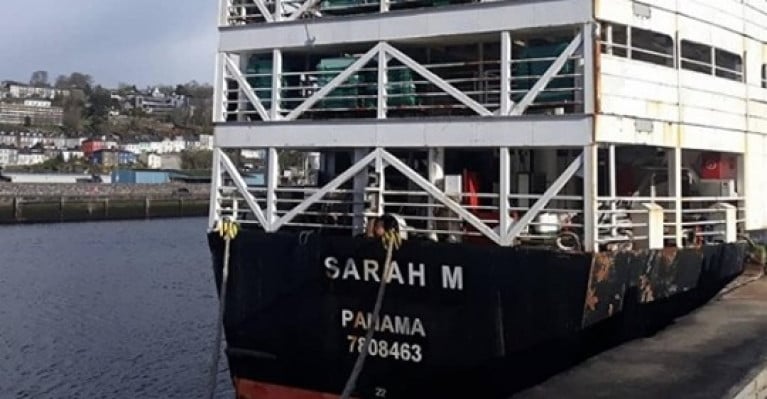Displaying items by tag: Algeria, Africa
Livestock-ship ‘Sarah M’, which remains anchored and empty in the Waterford Estuary off Dunmore East, now appears set to ship cattle to Algeria by the end of this week.
A statement issued this morning by Emerald Isle Beef Producers (EIBF) declared that “the recent technical difficulties regarding the shipment of cattle to Algeria have now been ironed out”.
Stating that the Sarah M is “now scheduled to head to Algeria before the end of the week,” EIBF referred to a “stalemate” between the Department of Agriculture “and the shipping company as regards procedures to be followed for the shipment”.
As the Waterford News & Star previously reported, exporters Roundwood Park Livestock and Premium Livestock postponed the shipment of bulls and bullocks (from Belview-The Port of Waterford) last Friday as it didn’t have a “sufficient quantity of compliant animals for export assembled by then”.
A complication arose due to a difficulty with cattle not being administered a wormer at their farm of origin prior to their scheduled transport, which would have ensured that the required withdrawal period would have been fulfilled prior to slaughter in Algeria.
That this didn’t happen, in what would have been the vessel’s second recent sailing to north Africa, has led to the Sarah M’s sitting empty and moored in the Estuary in the interim.
More on the cattle-ship story reports the Waterford newspaper here.





























































